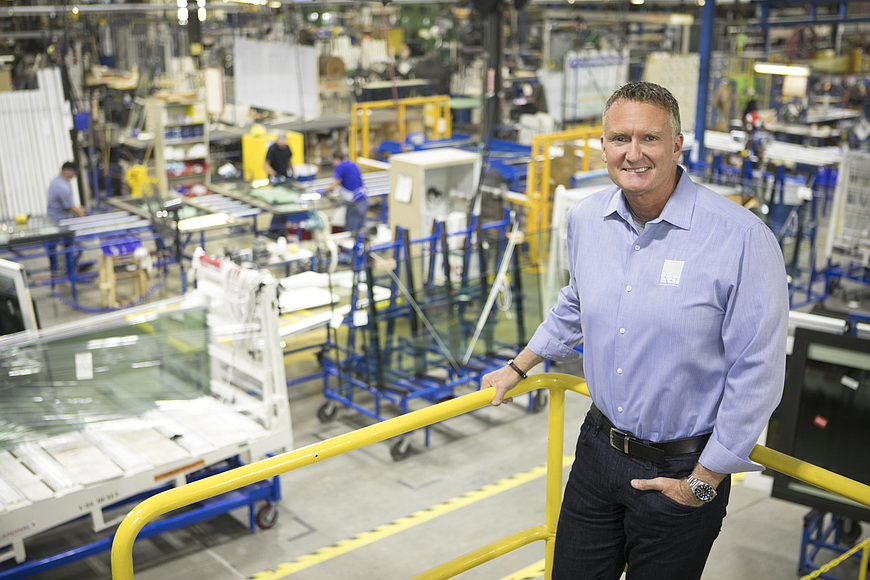- December 13, 2025
-
-
Loading

Loading

When Rafael Jose Simón walked out of the Home Depot on Florida Avenue in Tampa last week, his cart was loaded with supplies.
There were window frames and paint and a couple pieces of plywood.